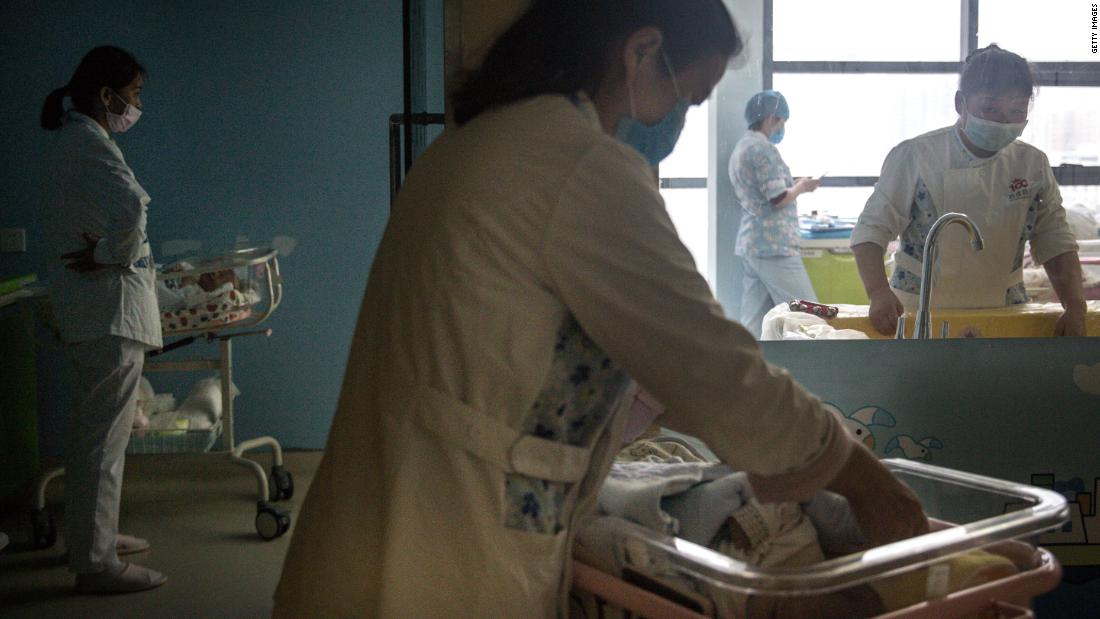China’s demographic problems could pose serious problems for the world’s second largest economy when the current working-age population reaches retirement age. Experts worry that if the trend continues or if the population starts to shrink, China may age before it gets rich.
According to the latest data from the National Bureau of Statistics, there were 250 million people over the age of 60 in China last year, about 18% of the population.
“Covid’s impact probably exaggerated it and in the coming years the declines are unlikely to be so bad, but this structural downward trend is likely to continue,” he said. “The number of babies born will never be so high in the future, because the number of pregnant women is decreasing, and will decrease rapidly (in the years to come).”
China’s leaders are well aware of the potential toll that an aging population can cause, damaging the country’s economy as it is about to become the largest in the world, and have been trying to encourage people to have children – after decades of punishing those who did.
Between 2013 and 2019, the number of people who first married in China fell 41%, from 23.8 million to 13.9 million. While the decline is driven in part by demographics – one child’s policy means that there are simply fewer people to marry – there has also been a shift in attitudes towards marriage, especially among young women, some of whom are increasingly disillusioned. with the institution for its role in consolidating gender inequality, experts say.
“With the increase in education, women have gained economic independence, so marriage is no longer a necessity for women as it was in the past,” said Wei-Jun Jean Yeung, a sociologist at the National University of Singapore who studied marriage and family in societies Asian women, told CNN last year. “Women now want to pursue self-development and a career before getting married.”
But gender norms and patriarchal traditions have not kept pace with these changes. In China, many men and in-laws still expect women to take care of most children and housework after marriage, even if they have full-time jobs.
“Just putting up a poster saying that having two kids is great is not enough, it is far from enough,” said Gietel-Basten, the demographer at HKUST, pointing to the economic impact that women still suffer as a result of having children. “There is simply no support from social policy to offset this negative impact.”
The government has also made it more difficult to end existing marriages, with China’s national legislature last year introducing a 30-day “reflection” period for people asking for a divorce. This was met with widespread criticism, particularly amid mounting protests over domestic violence in China.
Gietel-Basten said that pressuring an increasingly smaller population of women to have more children is unlikely to have much effect, especially since the lack of children, now rare in China, may increase to levels seen elsewhere in the region. Instead, the government should prepare, as some of its neighbors have begun to do, for an aging society, to offset the potential repercussions.
“Yes, the population is aging and, in the future, the population will decrease, what you need to do is say how we can make the most of the people we have,” he added. “You can do this by increasing productivity, through changes in education, reforms in the pension system, in the health system, investing now to mitigate major problems in the future.”
CNN’s Joshua Berlinger and Nectar Gan contributed reporting.
